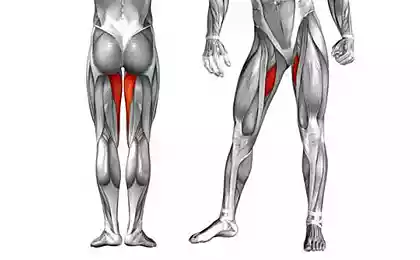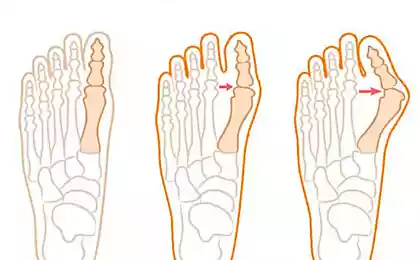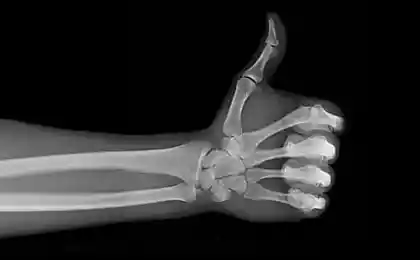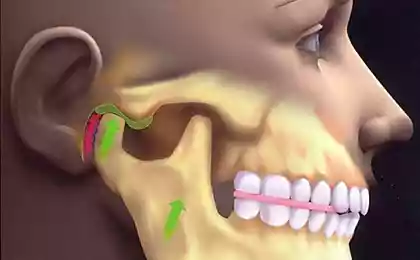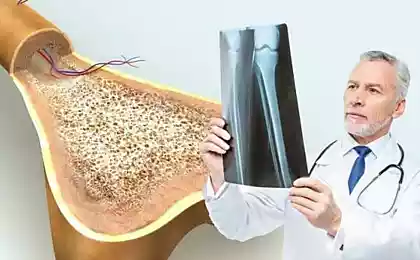1756
Phosphorus can make your jaw glow. Not all bones, namely the jaw

Around the mid 1800s, the first cases were detected "phosphorescent jaws." Then, this phenomenon is not directly associated with phosphorus and was considered more a symptom of a mysterious disease that were exposed mainly factory workers. Disease begins with pain in the jaw, and edema of the gums, and then the jawbone patients become brittle and began to glow in the dark greenish light. The most effective treatment was considered jaw amputation - so people hoped to prevent the spread of infection to other parts of the body.
After a while, it was found that the cause of the disease is white phosphorus. As a result, industrial production of white phosphorus was suspended, and the factories introduced new safety standards practiced to this day. But the horror in relation to the "phosphorescent jaws" remained: it was caused not so much by the effects of the disease as a superstitious fear by phosphorus. If frequently inhale the vapors, it can cause lung damage, in contact with the skin of phosphorus poisoning can be obtained, and when it enters the body poisoning can be considered secure. However, it was not clear why the visual excess amount of phosphorus in the body can be seen only in the jawbone.
The clue to how the phosphor affects the tissue. Although it seems that the bone over time remains unchanged, they are also subject to transformation: can be thinner, it becomes thicker, break and grow together again. Responsible for these processes cells, osteoclasts and osteoblasts. Osteoclasts make bones more brittle and in some ways even absorb bone. A osteoblasts, on the contrary, it is reduced - this process is crucial for the preservation of bone tissue in a proper condition. During the work of osteoclasts tissue for prolonged contact with the phosphor absorbs it, and osteoblasts are not able to reverse this process, so recovery is slowing bone. The jawbone, unlike the rest of the bones of the human body, the process of "rejuvenation" occurs with great speed. As a result, the toxic effects of phosphorus osteoclasts are damaged, recovery is slowing, and the jawbone begins to break down. Therefore, we can observe the effects of prolonged exposure to phosphorus is in the jawbone.
via factroom.ru
In Italy, there is a bank that accepts as collateral parmesan cheese
7 species of animals that we can lose in the near future "thanks" to humanity













